I bought my dream camera, the Nikon D300, 19 months ago and was utterly thrilled to learn my entire collection of pre-1995 Nikon lenses save two are compatible.
My 100 mm lens was built in about 1980, before auto everything seized the entire photography market. The lens works just fine on the new camera, but I have no auto capabilities whatsoever. Which actually, I don’t mind at all.
The fisheye, however, is another story. Sadly, it probably was manufactured before I was, and even though it fit perfectly onto my FM2, it will not mount on the D300. So I set out to buy a new fisheye.
Ouch!!! The 14 mm lens I want costs more than the camera! Owie!!! Dang!!! So I had to take a step down. Actually, for me, it was more like sliding down a mountain headfirst. I have never been a fan of zoom lenses. They are convenient, and they are so lightweight when you’re carrying them in your Camelbak during a 75-mile charity bike ride. And if they break, they usually are inexpensive and easy to replace. (Just don’t break that camera when you wreck your bike!)
Hence the issue. My eyes see the reduction in quality in most zoom lenses. Tremendous improvement has been made since my first zoom lens back in about 1986. Nevertheless, I have yet to meet a zoom lens that has taken me by storm.
I purchased the least expensive name brand wide-angle zoom I could find, and I used it for nearly an entire year. Then, while shooting in 28 degrees below zero in Crested Butte last winter, the lens froze. Literally. Would not move. I thought maybe it might just need to thaw. But the housing actually broke/shattered when I tried to force movement the next day after 24 hours at room temperature.
This new one seems to be a little more of a tank in tough shooting conditions, but winter is yet to come. It also is not a fisheye. It just barely fits into the category of wide angle.
Which means those marvelous sweeping landscapes just aren’t within the scope of my camera’s vision until I can upgrade. What’s a starving artist with narrow digital vision and a broad nature canvas to do???
And that’s exactly what I did at Crater Lake (the one in Colorado, not the more famous twin in Oregon) last weekend. The Maroon Bells, one of the most photographed and easily recognized mountain scenes in the US, framed by golden aspen and reflecting in a mirror-smooth lake, were more than my camera and lens could handle. Literally. I snapped four shots with the intention of fitting them together like a puzzle in my prehistoric version 7 of PhotoShop. For both water shots, I focused on the reflection instead of the shore. The sky shots were focused on the mountain peaks. (Yes, I still focus manually most of the time.)
I retouched my dust spots in the two shots with sky, then one by one pasted each of the entire frames into a new canvas four times the size of a regular digital frame. I carefully lined each shot up by matching trees, rocks, snow fields, etc.
I cropped the inside edges of each individual picture because wide-angle photography distorts edges, making shorelines and mountain ridges not line up properly.
After I got everything lined up just right and densities matched, I merged the layers, cropped out white space on the borders and saved the composition in two different formats. I can edit the layer version later if I decide to make more changes. For now, though, the jpg suits me just fine.
I wish I had shot six frames instead of four, but this gives me logical reason to go back yet again next year and try this whole process all over again. I’m not sure anyone ever tires of annual autumn excursions to the Bells!
* I have no monetary interest in Photoshop and am not being compensated for mentioning it; I just love manipulating photos, and I love sharing my experience.







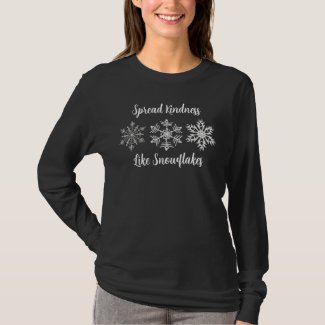
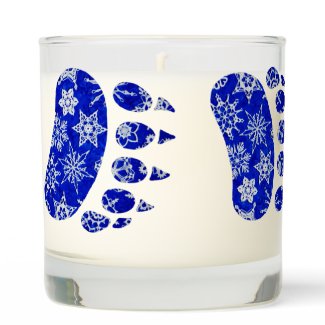


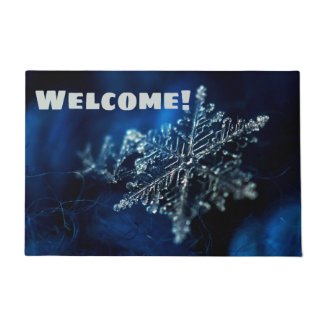

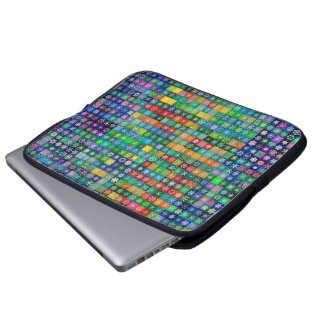
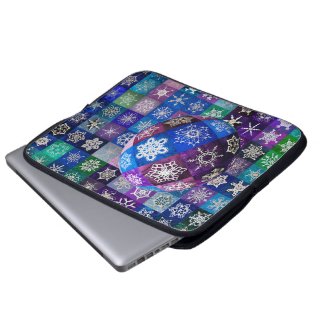















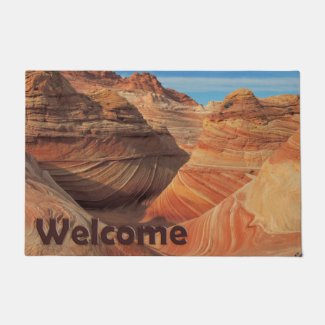
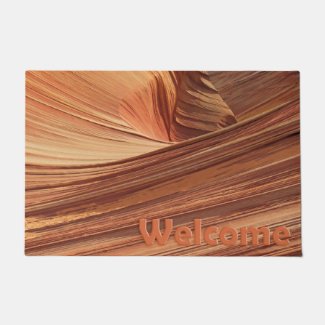

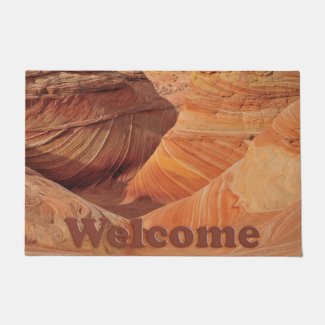
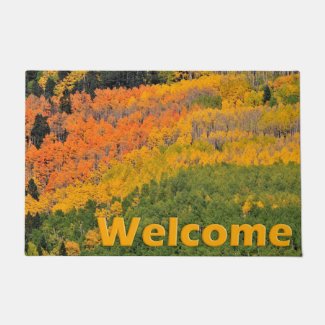
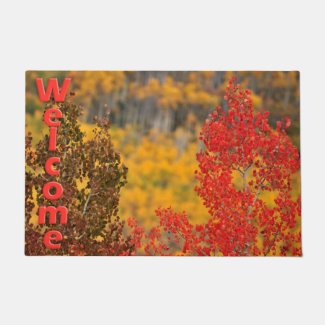
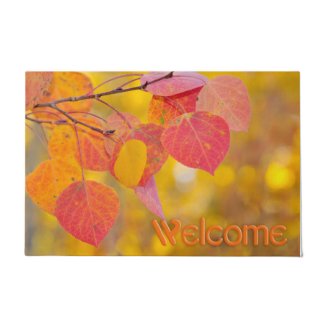
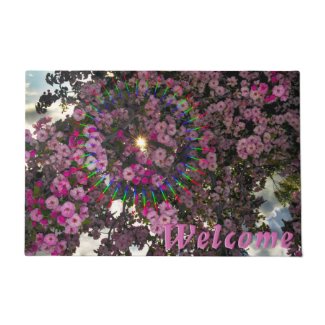
No comments :
Post a Comment
Dusty words lying under carpets,
seldom heard, well must you keep your secrets
locked inside, hidden deep from view?
You can talk to me... (Stevie Nicks)
All spam is promptly and cheerfully deleted without ever appearing in print.
If you are unable to leave a comment and need to contact me, please use the email address in the sidebar. Thank you!